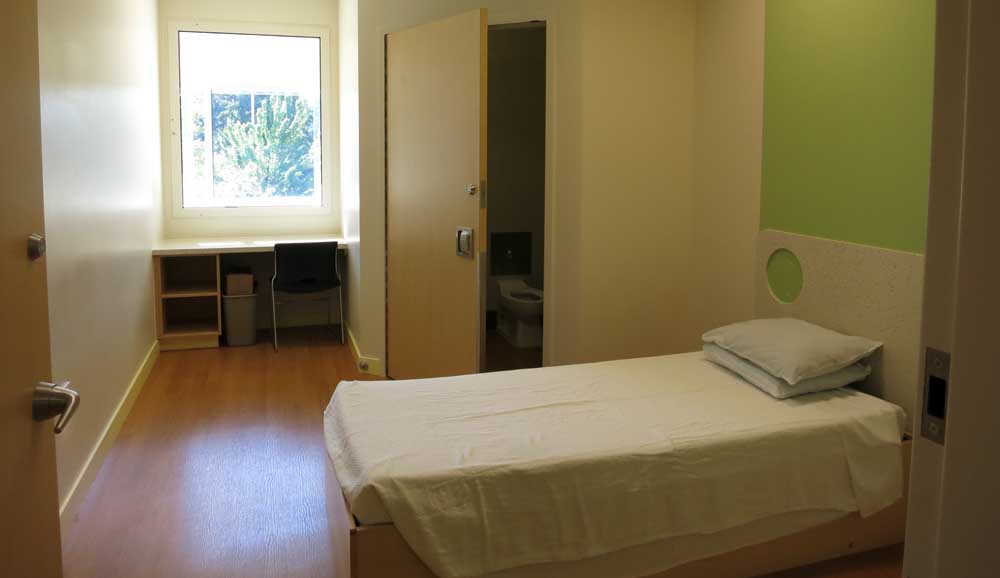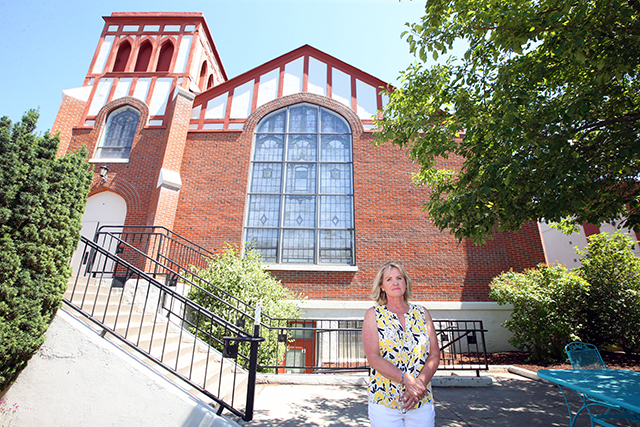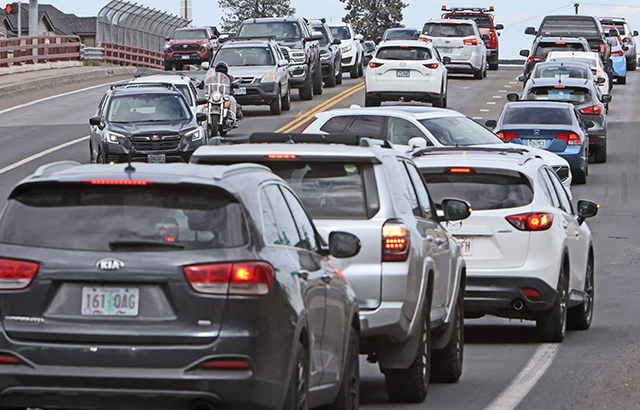Bend park district sees path to bridge the divide over controversial project in SW Bend
Published 5:15 am Thursday, January 11, 2024

- An aerial view of the Deschutes River in southwest Bend not far from the site of a proposed bridge.
Bridge building is an oft-used metaphor when discussing ways to bring two opposing sides together. But in Bend, the proposal to build a bridge over the Deschutes River has for years driven people apart.
The bridge would link the two sides of the river in southwest Bend. The Bend Park & Recreation District has explored the idea of building the bridge in the past, but each attempt to move forward has been met with stiff opposition.
Trending
A nonprofit organization, Connect Bend, continues to pursue the idea of building the bridge and, earlier this month, park district Board Chair Nathan Hovekamp said he intends to push the project forward.
The central debate over the bridge is its environmental impact: Supporters say it will help and detractors say it will hurt. A National Environmental Policy Act analysis could settle the debate, but to date, none has been conducted.
Walk vs. drive
Supporters say a bridge will take cars off the road. Hundreds of households on the east side of the river are within walking distance to the potential bridge and many more are in biking distance.
There are 3,838 housing units in southwest Bend, according to data compiled by the city of Bend. Roughly one-quarter of these homes are a mile from the proposed bridge. More households lie to the south, outside city limits, in Deschutes River Woods.
Trending
Once over the river, it’s just a short walk or bike to Good Dog Park and other areas of the Deschutes National Forest that currently require east-side residents to travel 6 to 7 miles to reach an existing bridge by car.
“We think it’s an important connection for the community to provide more transportation options to the southern area of Bend and reduce vehicle miles traveled,” said Brian Potwin, executive director of Commute Options, a local transportation nonprofit.
What’s the impact on wildlife?
Detractors of the project say the west side of the river where the bridge may be located is sensitive winter range habitat for mule deer. Jamie Bowles, a wildlife biologist with Oregon Department of Fish and Wildlife, said mule deer return to their same winter range each year. Making it easier for people to get into the area could disrupt their habitat. One of the biggest problems is the presence of dogs.
“We love to recreate with our dogs, but having dogs on the landscape, especially in areas of winter range, can cause an alteration of wildlife behavior and can cause them to expend energy that they just don’t have during that winter time,” said Bowles.
Stress caused by the presence of people or dogs can negatively impact pregnant doe, said Bowles. When a doe is healthy, it’s more likely to give birth to a stronger fawn.
“Other concerns in some of these areas are the proximity to elk calving, which are typically along the water. As you can imagine, off-leash dogs, and other disturbances, aren’t good for newborn calves, or lactating cows,” she said.
Hovekamp said if a bridge is built, efforts would be made to protect deer from people and pets.
Where would the bridge be located?
The exact location is not finalized, but the park district said the most likely spot is just beyond the urban growth boundary, close to the northern end of River Bend Drive.
The west side of the river is primarily U.S. Forest Service land, and there is a sliver of Forest Service land on the east side, too. The possibility of having both sides of the bridge be on land managed by the Forest Service would make the permitting process easier.
The park district can operate beyond the city limits and the urban growth boundary. Even if the bridge is located on land managed by the Forest Service, the park district could still build and maintain the bridge.
Trail alignment leading to the eastern side of the bridge is crucial because the Forest Service land abuts private property. In other words, the only way to reach the bridge from Buck Canyon Road or River Rim Drive, two public roads in the area, is through private property.
Don Horton, executive director of the park district, said preliminary agreements have been made with a landowner to build a trail across his private property to the bridge.
“The landowner on the east side of the river has agreed to work in good faith to assure the trail alignment will be provided when the bridge project moves forward,” Horton said.
An environmental assessment would be required before a bridge could be built, he said. It would determine if a proposed bridge would have significant environmental affects and any possible mitigating measures. So if the area is still mule deer habitat, the assessment will identify it and address the issue.
Since it manages the land, the Forest Service must also be on board.
To date, the agency has not taken a position on a potential pedestrian bridge, Kevin Larkin, deputy forest supervisor for the Deschutes National Forest, said in an email. However, he acknowledged results of a recent survey by the park district that showed about 70% of respondents supported the construction of a bridge.
“We recognize and appreciate that a bridge across the Deschutes River would improve access to the Deschutes River Trail,” he wrote, “and the Bend Parks and Recreation District survey results reinforce that notion.”
What are the legal hurdles to building a bridge?
The stretch of Deschutes River in southwest Bend is a State Scenic Waterway and a designated wild and scenic river. The protected status of the river gives opponents of the bridge some legal tools to block its development.
Oregon Wild, an environmental group, said a bridge at the location weakens environmental rules and creates a precedent for taking similar action on rivers in other parts of the state. Bridge supporters said the designations are hurdles but not necessarily impediments to building a bridge.
Hovekamp said any bridge built in the area would be “sensitive to the riparian habitat.” He also points to other park district projects as examples of good environmental stewardship, including Riley Ranch Nature Reserve, where dogs, bikes and remote-controlled devices are not allowed.
Deb Schoen, another park board member, said she is in favor of the bridge and describes it as a “crucial project” for several reasons. These include linking portions of the Deschutes River Trail and allowing people on the east bank to more easily access trails to Sunriver.
Schoen also sees the bridge as a way to improve access to trails, allowing people to reach the Deschutes National Forest without having to first get into a car.
“I have heard opposition,” she said. “But the voice of the hundreds of community members who have expressed their support has been more compelling to me.”








